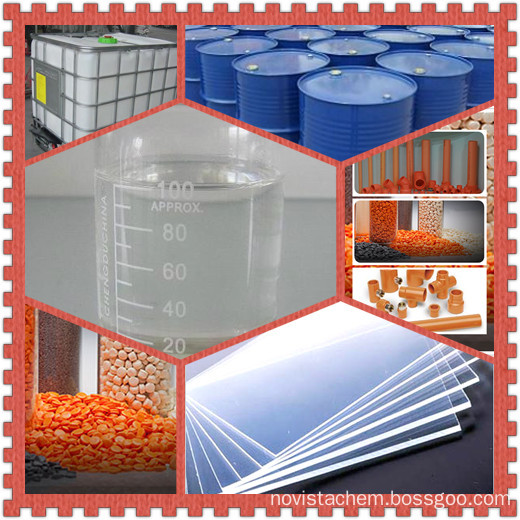(1) Find out which possible leakage points of the devices to be monitored, analyze their leakage pressure, direction and other factors, and draw the distribution map of the probes, and classify them into three grades I, II and III according to the severity of the leakage.
(2) According to specific factors such as airflow direction and wind direction at the site, determine the direction of leakage of flammable gas when a large amount of leakage occurs.
(3) According to the density of leaked gas (greater than or less than air), combined with the trend of air flow, integrate the three-dimensional flow chart of leakage and make an initial set-point scheme at the downstream position of the flow.
(4) The leakage status of the leaking point was studied as microleakage or jetting. If it is a microleakage, set the position of the point to be near the leak. If it is a spray-like leak, keep it slightly away from the leak. Combine these conditions and draw up a final plan. In this way, the number and type of purchases needed can be estimated.
(5) For locations where there is a large leakage of flammable gas, a test point should be set at a distance of 10-20 m in accordance with relevant regulations. For unattended, small, non-continuous pumping stations, attention should be given to the possibility of flammable gas leaking. A detector should normally be installed at the downtake.
(6) For locations with hydrogen leaks, the detector should be installed on the plane above the leak.
(7) For media with a gas density greater than air, the detector should be installed on the lower surface below the leak point and pay attention to the surrounding environment. Sites that are liable to accumulate flammable gas should pay special attention to the setting of safety monitoring points.
(8) For an open flammable gas diffusion escape environment, if there is no good ventilation, it is easy to make the flammable gas content in the air close to or reach the lower explosive concentration in a certain part. These are non-negligible safety monitoring points. .
Methyl Tin Mercaptide stabilizer ProStab - T181
Substitute equivalent to American TM-181-FS
Methyl Tin Stabilizer is an efficient stabilizer used in PVC hot working process. Its stability, transparency, compatibility and weather resistance are all superior to other organotin heat stabilizers. It is widely used in PVC sheet, panel, tubing and blow molding and injection molding products. It can also be used in food packaging, medicine packaging and non-toxic and harmless PVC products. Overseas, PVC products of various foods, medicine packaging and storage, and container and tubing for supplying drinking water with high requirements have all employed methyl tin as stabilizer. Its products boast pure color and luster, less odor vanishing fast and reliable safety performance. With the same effect, the using amount of methyl tin is reduced by 15-20% than that of other similar organotin stabilizers. Our company`s products have passed the ROHS certification.

Methyl Tin Mercaptide, Tin Stabilizer, Methyl Tin Stabilizer, Organotin Liquid Stabilizer
Shandong Novista Chemicals Co.,Ltd (Novista Group) , https://www.novistachem.com